Archivio di Enrico Bernardi
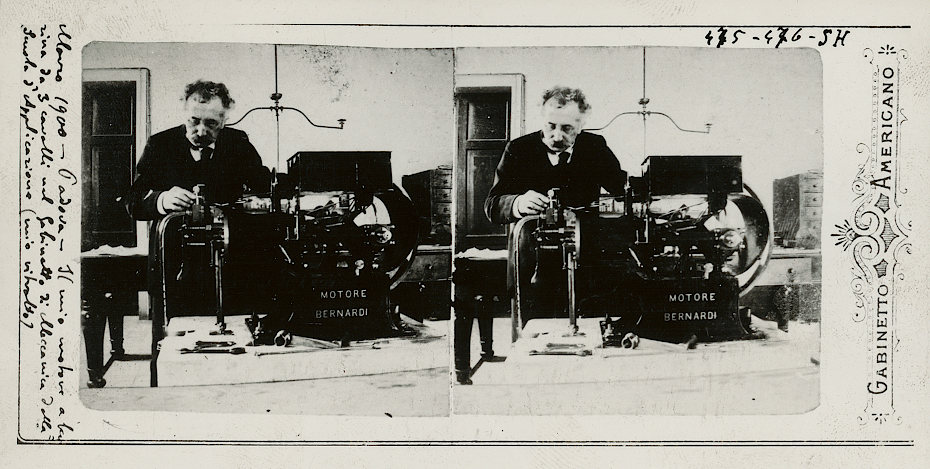
Università di Padova, Museo di macchine Enrico Bernardi.
La collezione qui rappresentata è composta dal materiale già esposto presso il Dipartimento di Ingegneria Industriale e fa parte dell'archivio documentale di Enrico Bernardi collegato al Museo di Macchine.
Enrico Bernardi (Verona 1841, Torino 1919) conseguì la laurea in matematica nel giugno del 1863 presso l’Università di Padova, che ebbe poi a chiamarlo alla Cattedra di Macchine nel 1877; fu successivamente direttore del Gabinetto, poi Istituto, di Macchine dal 1879 al 1915.
Il Museo di Macchine “Enrico Bernardi”, dell'Università di Padova, inaugurato per la prima volta il 20 maggio del 1941 in occasione del centenario della nascita del Bernardi, fu vincolato nel lascito dei donatori ad avere sede nell’Istituto di Macchine, allora in via Marzolo. Trasferito negli anni ‘70 in via Venezia, dal gennaio 2011 è stato inglobato nel Dipartimento di Ingegneria Industriale.
I reperti conservati nel Museo sono di eccezionale rilevanza storico-culturale poiché descrivono in maniera esemplare l’evoluzione dei motori a combustione interna che ebbe luogo a partire dalla seconda metà del XIX secolo per rispondere ai crescenti fabbisogni energetici determinati dall’impetuoso sviluppo industriale allora in atto. Sono infatti conservati nel Museo esemplari di motore costruiti dal Bernardi “colle proprie mani” (come ebbe a dire egli stesso presentandoli funzionanti ai membri dell’Istituto Veneto di Scienze, Lettere ed Arti a Venezia nel 1894) operanti secondo i principi di funzionamento allora concepiti per ottenere potenza meccanica da quella termica liberata dalla combustione di combustibili di vario tipo: dal motore atmosferico (Barsanti-Matteucci, 1854) a quello ad azione diretta (Lenoir, 1860) fino a al motore a quattro tempi (Otto, 1877). Il funzionamento della maggior parte dei motori esposti nel Museo è stato ripristinato in anni recenti seguendo le note autografe del Bernardi conservate presso lo stesso Museo.

Università di Padova, Museo di macchine Enrico Bernardi.
La raccolta qui digitalizzata consta di 38 fotografie, 10 manoscritti, 7 lettere, 4 documenti personali, 21 opuscoli, 4 manifesti; attualmente è conservata presso il Museo di Macchine “Enrico Bernardi” dell'Università degli Studi di Padova.
Le varie fasi dell'attività non solo di ricerca ma anche imprenditoriale del Prof. Bernardi sono ben rappresentate in questi documenti d'archivio (note tecniche manoscritte, pubblicazione scientifiche, richieste di privative industriali).
I motori inventati da Bernardi hanno avuto applicazioni in diversi campi prima che in quello automobilistico e, come recita il manifesto che pubblicizza la vendita della motrice “Pia” a benzina, Il più piccolo motore industriale del mondo […] aiuta la piccola industria, soccorre l'economia domestica, assiste la scuola
.
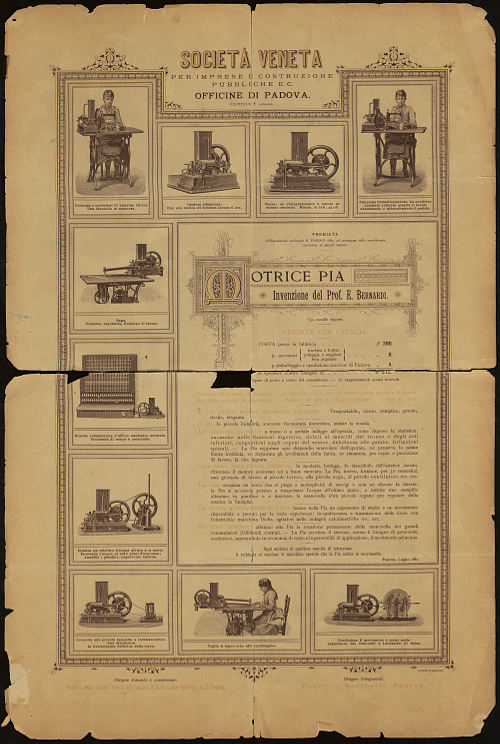
Università di Padova, Museo di macchine Enrico Bernardi.
A corredo degli scritti, le fotografie originali illustrano il lavoro di Bernardi come ad esempio la vettura a tre ruote avente targa 42-2, costruita a Padova dalla Società Miari&Giusti nel 1894, il cui atto di immatricolazione è tuttora conservato presso gli archivi dell’ACI di Padova, è perfettamente funzionante e “marciante” su strada senza alcuna alterazione di assetto rispetto al passato. In questa foto con il collaudatore della Miari e Giusti, Antonio Nosadini.
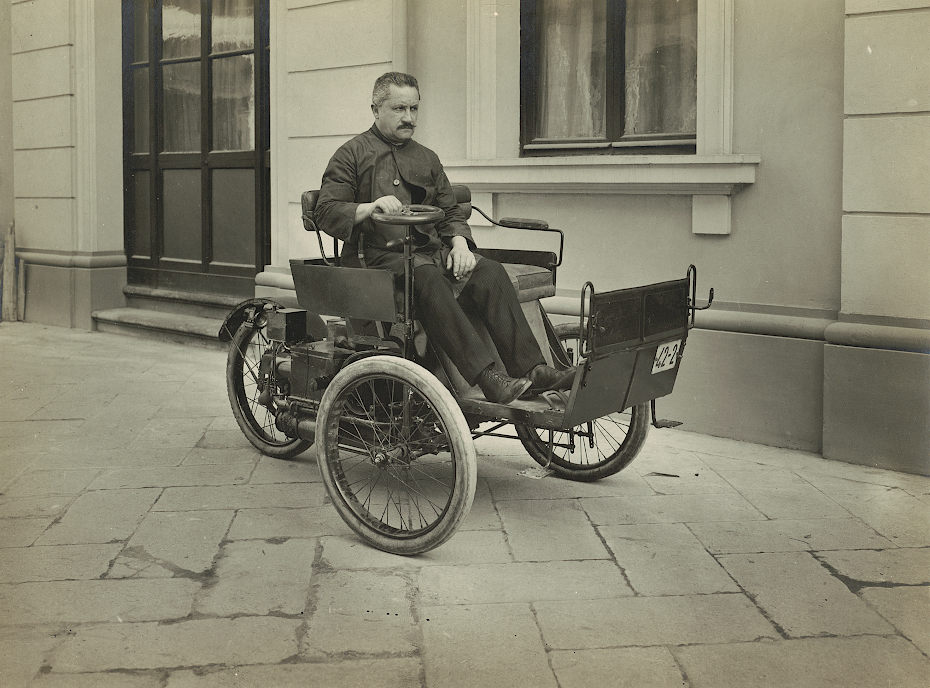
Università di Padova, Museo di macchine Enrico Bernardi.




 è un servizio del
è un servizio del